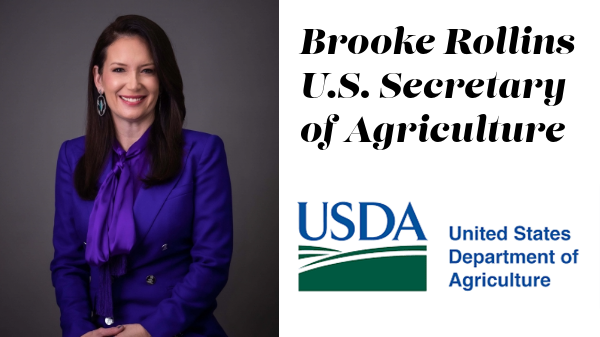Welcome to Blue Book!
Are you ready to join the thousands of companies who rely on Blue Book to drive smarter decisions? View our plans and get started today!
Still have questions? We’d love to show you what Blue Book can do for you. Drop us a line– we’ve been waiting for you.
“To improve freshness, you need variable data across the supply chain that is held by disparate parties in different data pools,” Peters explains. “That makes freshness in produce a Big Data-type problem.”
Further, Peters says companies can even hone the accounts receivable process by sending out reminders to customers based on when they normally pay, rather than on a flat thirty-day schedule. “You’re combining the art of customer service with the billing function,” he says.
The possibilities truly are limitless. Big Data can be used for anything from increasing yield or shelf life, to improving mold resistance, to identifying the best retail customers or end consumers, and beyond. Grant says the question produce businesses should be asking is, “What’s my competitive advantage, and how can Big Data help me do it better?”
How Retailers Use Big Data
Retailers are finding a number of ways to use the various metrics providedcby Big Data:
• popular projects include optimizing delivery of shopper messages, demand and product assortment planning, collecting and/or analyzing market basket transactions, and mining for shopper insight
• retailer marketing departments sponsor the majority of Big Data projects (55 percent), with merchandising departments as a distant second (14 percent)
• the top types of “digital breadcrumbs” retailers follow include social media, website visits, item-level sales figures, shopper- identified transaction data, shopper feedback, mobile device interaction, market basket data, and in-store customer tracking.Source: “How the Game is Changing: Big Data in Retail,” Brick Meets Click Big Data Update, Fourth Quarter, 2013.
Big Data for All
One misconception about Big Data is that it’s only for big companies. While it is true Big Data requires sophisticated technology and analytics specialists, which in turn means a certain level of investment, it stands to reason the “big companies will always be the early adopters,” confirms Peters.
But experts point out that there are certainly ways for smaller companies to get involved. Peters and others believe retailers will spur some of the activity by encouraging vendors to participate in their own Big Data projects, to the benefit of all parties. In addition, there are ways companies can get involved without a major investment. Grant points out that purchasing two versions of a Facebook ad, each promoting the health benefits of blueberries but using different phrasing, is a very low-cost way for a company to use the social site’s audience and analytics to improve an ad strategy, while also building a brand.








